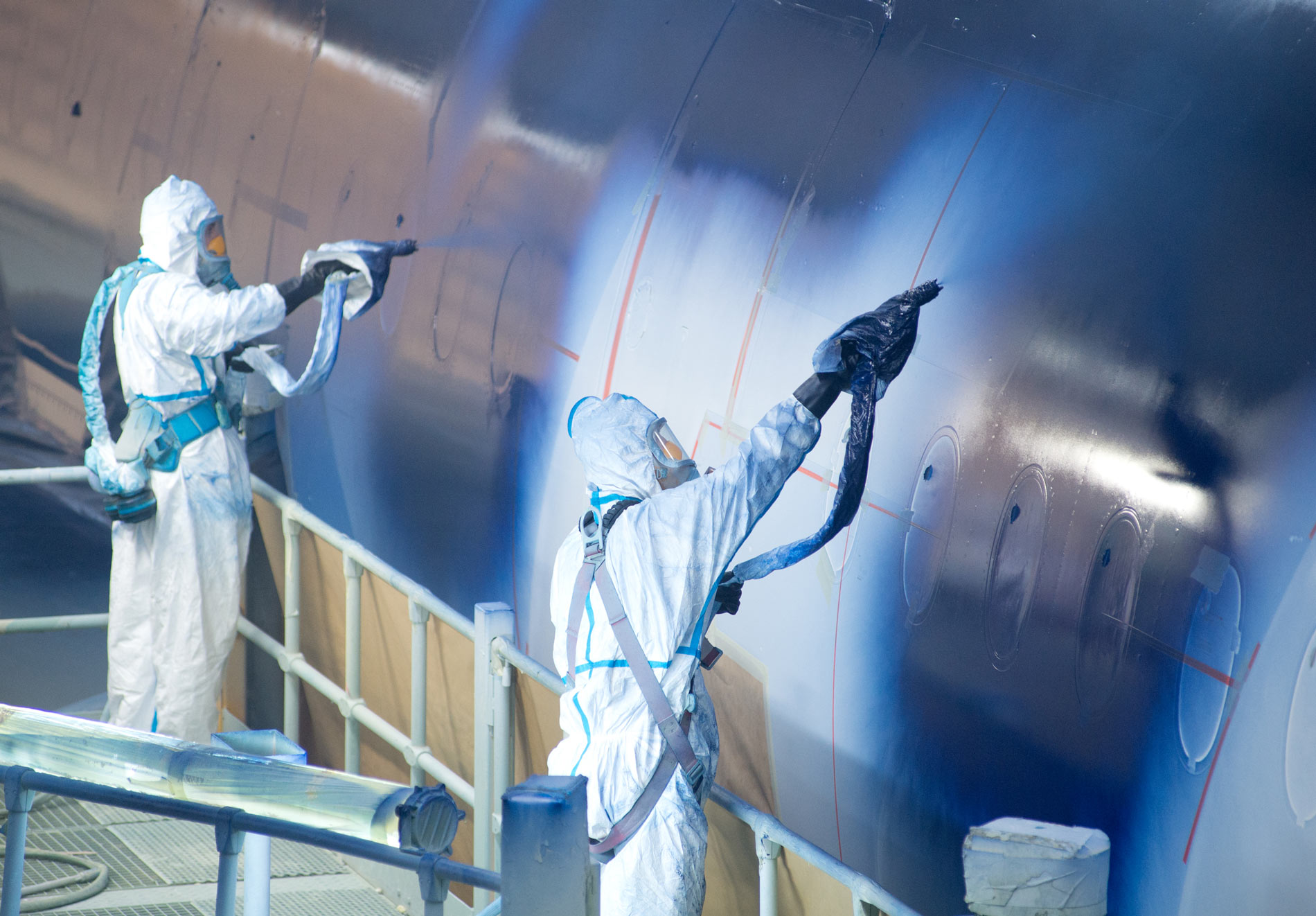
What Will Be The Future of Aircraft Paint Inspection: AI and Stroboscopy?
Share
The aviation industry is continuously evolving, bringing in new technologies and approaches to enhance safety and efficiency. One area that is experiencing significant transformation is aircraft paint inspection. With advancements in AI and stroboscopy, the methods of inspecting aircraft paint are becoming more refined, ensuring higher standards and better safety. This article dives into the future of aircraft paint inspection through the lens of these cutting-edge technologies.

The Importance of Aircraft Paint Inspections
Aircraft paint is not merely a cosmetic layer; it plays a critical role in the longevity and performance of an aircraft. Within the aviation industry, regular inspections are necessary to prevent issues such as corrosion, which can result from damage or degradation of the paint layer. AI and stroboscopic methods can contribute to maintaining aircraft paint quality, optimizing inspection processes, and ensuring full compliance with safety regulations.
Understanding Stroboscopy in Aircraft Paint Inspection
Stroboscopy is a technique that uses brief flashes of light to freeze motion, allowing for precise examination of surfaces. When applied to aircraft paint inspection, stroboscopic lighting can reveal defects and imperfections that may go unnoticed during traditional inspection methods. By employing high-speed cameras calibrated to stroboscopic light, inspectors can capture detailed images and analyze paint conditions comprehensively.
The Role of AI in Enhancing Inspection Processes
Artificial Intelligence has established itself in numerous fields, and the aviation sector is no exception. By integrating AI into the inspection process, aviation professionals can benefit from:
- Data Analysis: AI can analyze vast amounts of data quickly, identifying patterns and anomalies that human inspectors might miss.
- Predictive Maintenance: With machine learning algorithms, AI can forecast when and where potential paint defects may occur.
- Efficiency: Automating inspections using AI-driven systems can reduce the time needed for inspections and increase overall productivity.
For instance, AI solutions can refine the processes in aircraft paint inspection similar to what has been done in motorcycle paint inspection, streamlining operations and achieving greater accuracy.
The Synergy of AI and Stroboscopy in Inspections
By merging the strengths of both AI and stroboscopic techniques, the future of aircraft paint inspection can witness revolutionary changes. This synergy allows for:
- Faster Inspection Times: Automated AI systems combined with stroboscopic imaging can rapidly assess paint quality.
- Higher Detection Rates: Enhanced visualization techniques ensure that even the finest flaws are detected.
- Cost Savings: Efficient inspections minimize the likelihood of costly maintenance due to undetected issues.
In fact, this combination is being recognized as a turning point for quality assurance in the aviation industry and is essential for meeting the demands of high safety standards.
Real-World Applications of AI and Stroboscopy
The aviation sector is already starting to embrace these technologies, with early adopters showcasing successful implementations. Various case studies have highlighted:
- Using stroboscopic inspections to detect minute defects in paint layers that could lead to larger issues.
- AI-driven analytics to review historical inspection data, leading to continuous improvement in quality assessments.
For instance, these technologies can also enhance inspections similar to those on motorcycles, showing how industries learn from each other.
Future Perspectives in Aircraft Paint Inspection
As we look ahead, the trajectory of aircraft paint inspection suggests a landscape dominated by automation, accuracy, and efficiency. The continuous advancements in AI and stroboscopic technology will drive the following trends:
- Integration of IoT: The Internet of Things will enable real-time monitoring of paint conditions using sensors connected to AI analytics platforms.
- Expanded Training Programs: Professionals in the industry will require training to effectively operate AI and stroboscopic equipment.
- Regulatory Changes: As technology evolves, regulations will also need to adapt to new standards of safety and quality.
Such advancements indicate a promising future for aviation, ensuring the safety of aircraft and passengers alike.
Challenges to Overcome
Despite the optimistic outlook, several challenges must be addressed:
- Initial Costs: Implementing these technologies can be costly, which might be a barrier for some operators.
- Data Security: As data becomes more integral to the inspection process, ensuring its security against breaches grows in importance.
- Technological Dependence: Over-reliance on technology raises concerns about capabilities in low-tech scenarios.
Finding solutions to these challenges will be crucial for the widespread adoption of these advanced inspection methods.
Conclusion
In conclusion, the future of aircraft paint inspection is not just about maintaining aesthetic appeal; it is about ensuring safety and operational efficiency. With the integration of AI and stroboscopic techniques, the aviation industry stands on the brink of a transformation that promises enhanced accuracy and reduced inspection times. As technology continues to evolve, it will be essential for all stakeholders to keep pace and adapt, ensuring that the skies remain safe for everyone.

Frequently Asked Questions
1. How does AI improve aircraft paint inspection?
AI enhances aircraft paint inspection by analyzing massive datasets, identifying patterns and anomalies, offering predictive maintenance, and increasing overall efficiency.
2. What is stroboscopy in aircraft paint inspections?
Stroboscopy is a technique that utilizes flashing light to freeze motion, allowing inspectors to clearly analyze paint surfaces and detect flaws.
3. What challenges do AI and stroboscopy face in the aviation industry?
Challenges include high initial costs, data security concerns, and the risk of over-dependence on technology during low-tech situations.
